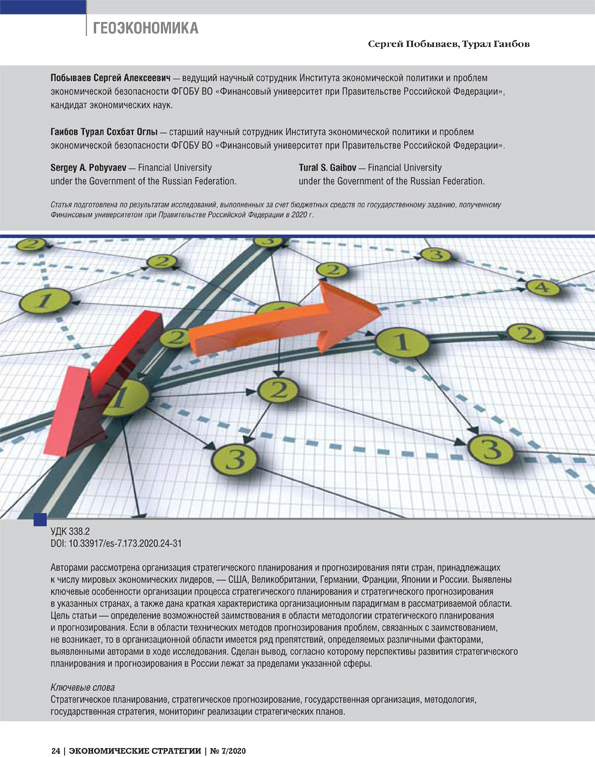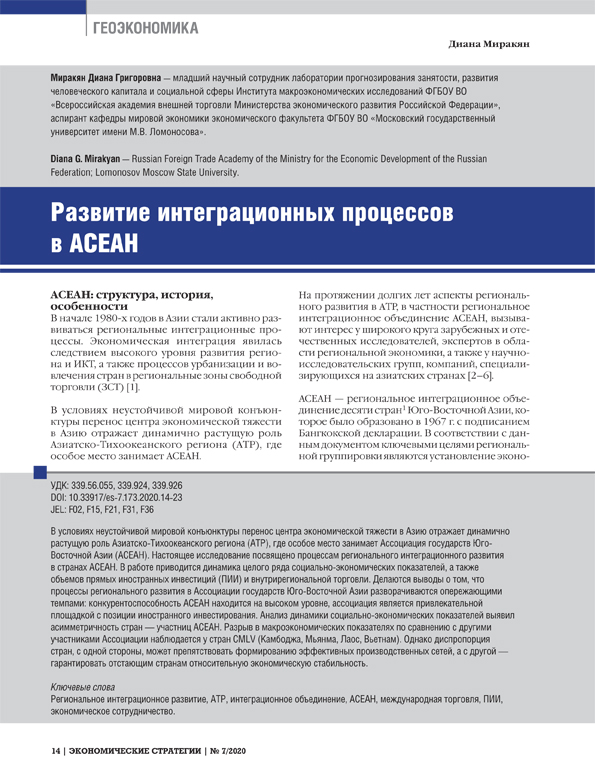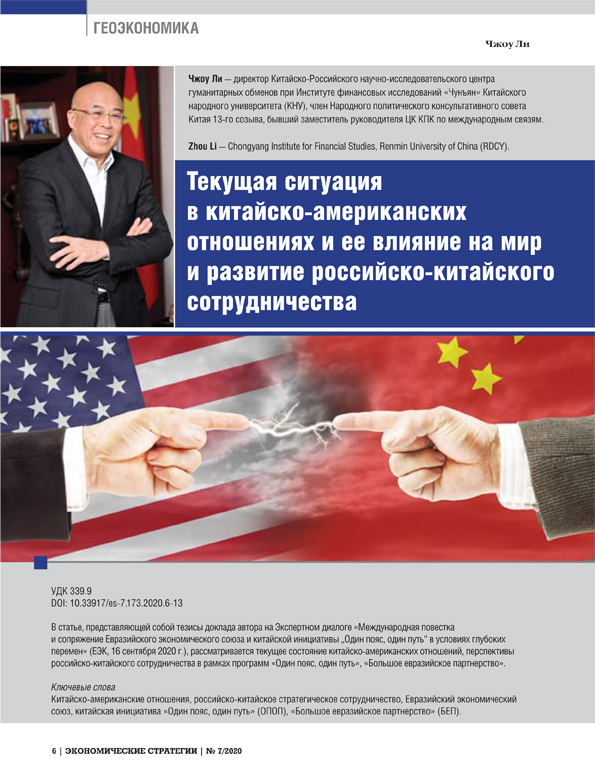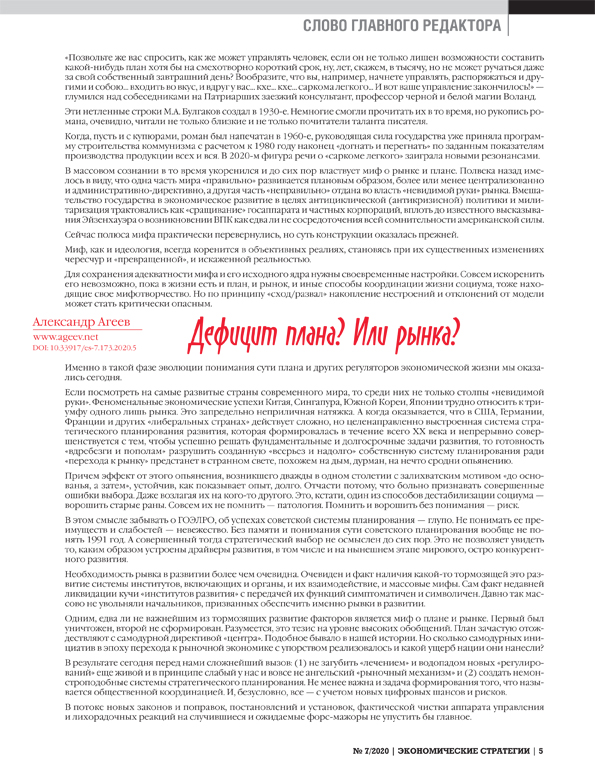Comparison of Methodologies for Strategic Forecasting and Planning of Economic Development in Developed Countries and Russia
DOI: 10.33917/es-7.173.2020.24-31
The authors considered the organization of strategic planning and forecasting of five countries that are among the world’s economic leaders — USA, Great Britain, Germany, France, Japan and Russia. The main features of the organization of the process of strategic planning and strategic forecasting in these countries are revealed, and a brief description of the organizational paradigms in the area under consideration is given. The purpose of the article is to determine the possibilities of borrowing in the field of methodology of strategic planning and forecasting. While there are no borrowing problems in the field of technical forecasting methods, there are a number of obstacles in the organizational field, determined by various factors. The authors identified nine such factors, and concluded that the prospects for the development of strategic planning and forecasting in Russia lie outside the directly specified area






